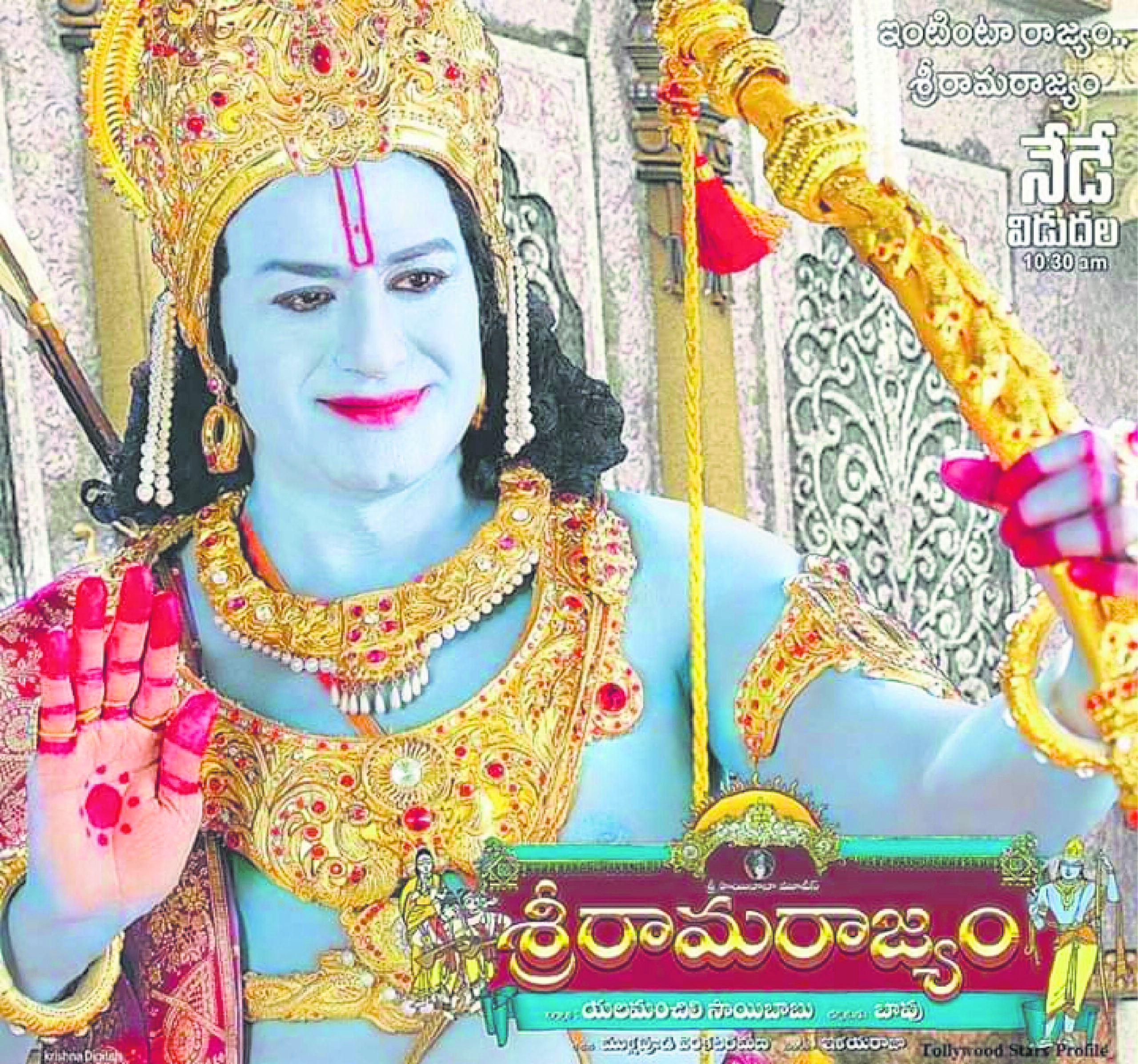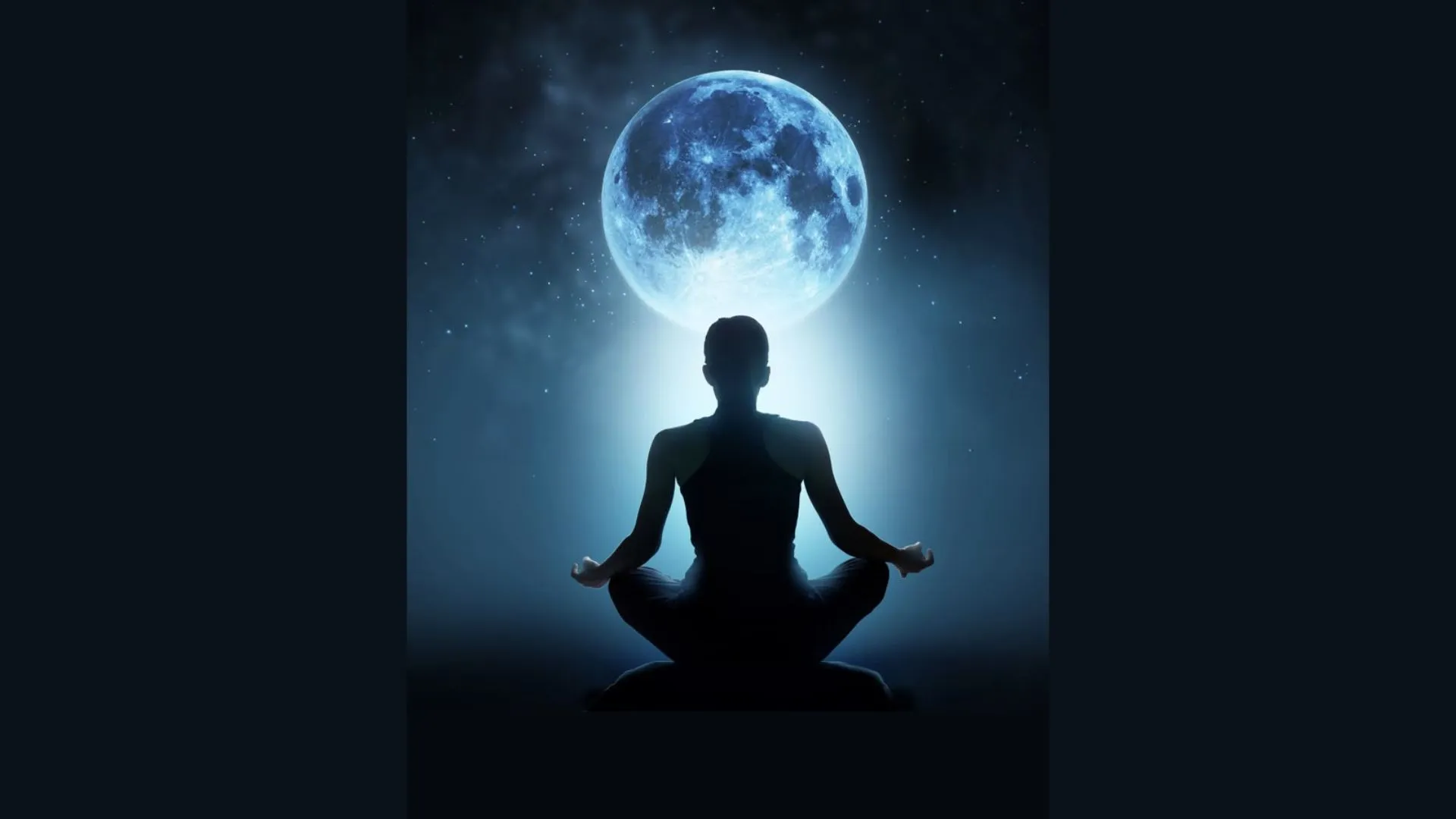The depiction of Lord Ram in Bengali and various regional cinemas beyond Hindi is a testament to the cultural diversity and artistic interpretations prevalent in Indian cinema. These adaptations not only retell the epic narrative but also reflect the regional nuances, cultural ethos, and artistic sensibilities of each film industry.
While upholding the essence of the Ramayana, filmmakers in Bengali, Tamil, Telugu, and Malayalam cinemas have contributed unique perspectives, delving into the humanistic aspects, moral dilemmas, and philosophical teachings embodied by Lord Ram. Through their cinematic endeavours, they have created a vibrant tapestry of storytelling that resonates deeply with audiences, transcending linguistic and regional boundaries.
Bengali Cinema
Unlike in Hindi cinema and cinema in the south, particularly Tamil cinema, which is rich in mythological references, the cinema of Bengal has been largely ‘secular’. Even in the early days of the talkies when almost all studios in the country, barring Prabhat, made mythological films, New Theatres in Bengal was known for its literary adaptations. Madan Theatres was the only studio in Bengal that dealt in mythologicals and even they did not have a film worth the name around Ram.
More than Ram, it is Devi or Goddess Durga which has been part of Bengali cinema. There has also been in the works of Ritwik Ghatak the depiction of the woman as the Mother Goddess. The depiction of Ram, a revered figure in Hindu mythology, particularly in the Hindi heartland has had only passing and often oblique references in Bengali cinema.
In Bengali cinema, the portrayal of Ram often adheres to the traditional narratives as depicted in ancient texts like the Valmiki Ramayana or the Ramcharitmanas by Tulsidas. Films such as “Sri Ramakrishna,” directed by Debaki Bose in 1936, marked one of the earliest cinematic representations of Ram in Bengali cinema. This cinematic endeavour aimed to depict the divine qualities and spiritual teachings associated with Ram, emphasizing the ethical and moral principles he embodies. In the film “Sita” directed by Debaki Bose, the focus shifts towards Sita’s perspective, highlighting her trials and tribulations, offering a nuanced portrayal of the Ramayana.
Furthermore, the character of Ram has been depicted through various lenses, reflecting the evolving socio-cultural landscape of Bengal. Films like “Ramer Sumati” (1947) by Amar Choudhury and “Sri Ramkrishna Leela” (1955) by Madhu Bose portrayed Ram as a symbol of righteousness and adherence to dharma (duty), resonating with the prevalent societal values during those times. These cinematic renditions aimed to reinforce moral virtues and ethical principles through the character of Ram.
The 1960s and 1970s witnessed a shift in the portrayal of Ram in Bengali cinema. Filmmakers began experimenting with narrative styles and character interpretations, presenting Ram in a more humanized form rather than as an epitome of divine perfection. Ritwik Ghatak’s “Meghe Dhaka Tara” (1960) and Satyajit Ray’s “Goopy Gyne Bagha Byne” (1969) symbolically incorporated elements inspired by the Ramayan, exploring themes of sacrifice, redemption, and the triumph of good over evil. These films used metaphors and allegories derived from the epic to comment on contemporary societal issues and human struggles.
In more recent years, Bengali cinema has witnessed a resurgence in portraying the character of Ram with a blend of traditional values and modern sensibilities. Filmmakers like Srijit Mukherji in “Rajkahini” (2015) and “Gumnaami” (2019) delved into controversial theories surrounding the final years of Netaji Subhas Chandra Bose’s life, connecting them with the persona of Ram. These films presented Ram as a symbol of valour, sacrifice, and patriotism, intertwining historical narratives with mythical undertones to provoke critical thinking and introspection.
Moreover, adaptations like “Ramdhanu” (2014) directed by Nandita Roy and Shiboprosad Mukherjee showcased Ram as a symbol of familial bonds and parenting. The film emphasized the challenges faced by modern-day parents in imparting moral values to their children, drawing parallels with the teachings of Ram to his sons Luv and Kush.
The portrayal of Ram in Bengali cinema has not been devoid of controversies and debates. Certain reinterpretations and artistic liberties taken by filmmakers have sparked discussions regarding the sanctity of religious narratives and the boundaries of creative expression. Instances where Ram’s character has been subjected to unconventional or non-traditional interpretations have sometimes drawn criticism from conservative quarters, highlighting the delicate balance between artistic freedom and religious sentiments. In recent years, there has also been censorship issues when a film, Rongbironger Korhi, used the names Ram and Sita for two principal characters. These point to a more strident take on religion infiltrating the general psyche.
In conclusion, the depiction of Ram in Bengali cinema spans a spectrum ranging from traditional retellings to contemporary reinterpretations. Filmmakers have utilized the character of Ram to explore themes of morality, righteousness, societal issues, and familial values. The evolution of these cinematic representations reflects the dynamic nature of storytelling, societal values, and artistic liberties, offering a rich tapestry of perspectives on the revered figure of Ram in Hindu mythology within the realm of Bengali cinema.
The portrayal of Lord Ram in Bengali and various regional cinemas outside of the Hindi film industry holds a profound significance, often reflecting diverse cultural nuances and interpretations. Lord Ram, a revered figure in Hindu mythology, has been depicted in numerous cinematic adaptations, each carrying its unique artistic flair and regional flavour. While Hindi cinema has produced iconic renditions of Ramayana, exploring the cultural representations in Bengali and other regional cinemas unveils a rich tapestry of storytelling, perspectives, and artistic expressions.
Tamil Cinema
Tamil cinema has also embraced the epic of Ramayana, presenting its own interpretations with a regional touch. Directors like K. Raghavendra Rao and Bharathiraja have crafted cinematic adaptations that resonate with the Tamil audience. These films often delve deep into the emotional nuances of characters, portraying Ram as the epitome of virtue and sacrifice.
The portrayal of Ram in Tamil cinema echoes the cultural ethos of the region, intertwining local traditions and values with the epic narrative. Films like “Lava Kusa” and “Sri Raghavendra” have presented Ram’s journey with a focus on familial relationships, valour, and ethical dilemmas, resonating strongly with the Tamil audience.
Telugu Cinema
Telugu cinema, known for its grandeur and larger-than-life storytelling, has also depicted the tale of Ram in various adaptations. Filmmakers like Bapu and Gunasekhar have brought their unique directorial perspectives, infusing elements of drama, music, and visual spectacle into the retelling of Ramayana.
The depiction of Ram in Telugu cinema often emphasizes his divine attributes and his embodiment of righteousness. Films like “Sri Rama Rajyam” directed by Bapu showcase Ram’s unwavering commitment to truth and justice, along with his struggles as a king torn between personal relationships and duty.
Malayalam Cinema
Malayalam cinema has explored the Ramayana through a lens that intertwines spirituality, human emotions, and socio-cultural commentaries. Filmmakers like G. Aravindan and Hariharan have offered nuanced portrayals of Ram, delving into the moral complexities and philosophical aspects of the epic.
The depiction of Ram in Malayalam cinema often focuses on his philosophical teachings and ethical principles. Films like “Sita Swayamvaram” directed by P. G. Viswambharan emphasize the spiritual journey of Ram and Sita, exploring their inner conflicts and the overarching theme of righteousness.
Sundeep Bhutoria is a Culturist and Author























